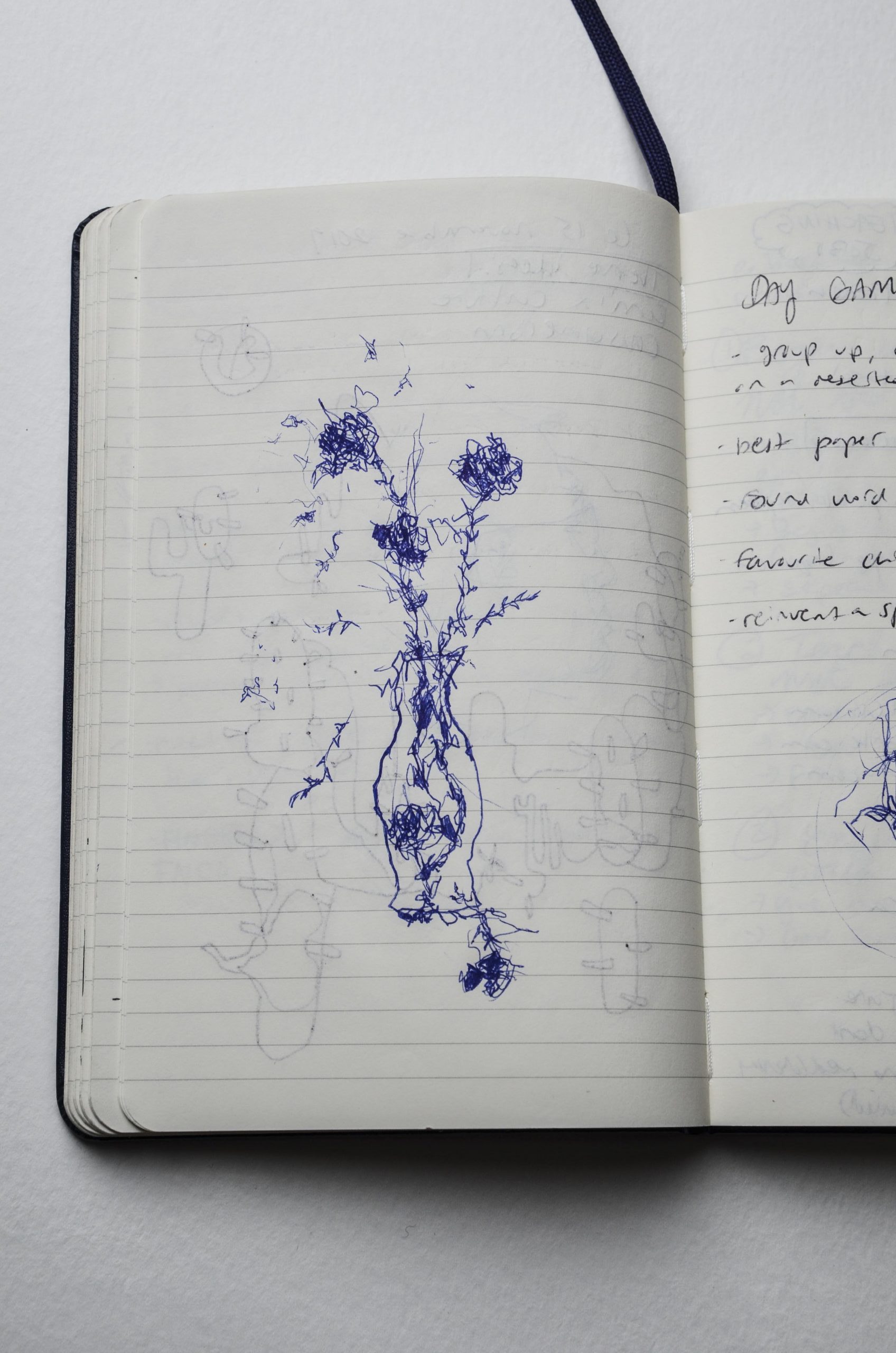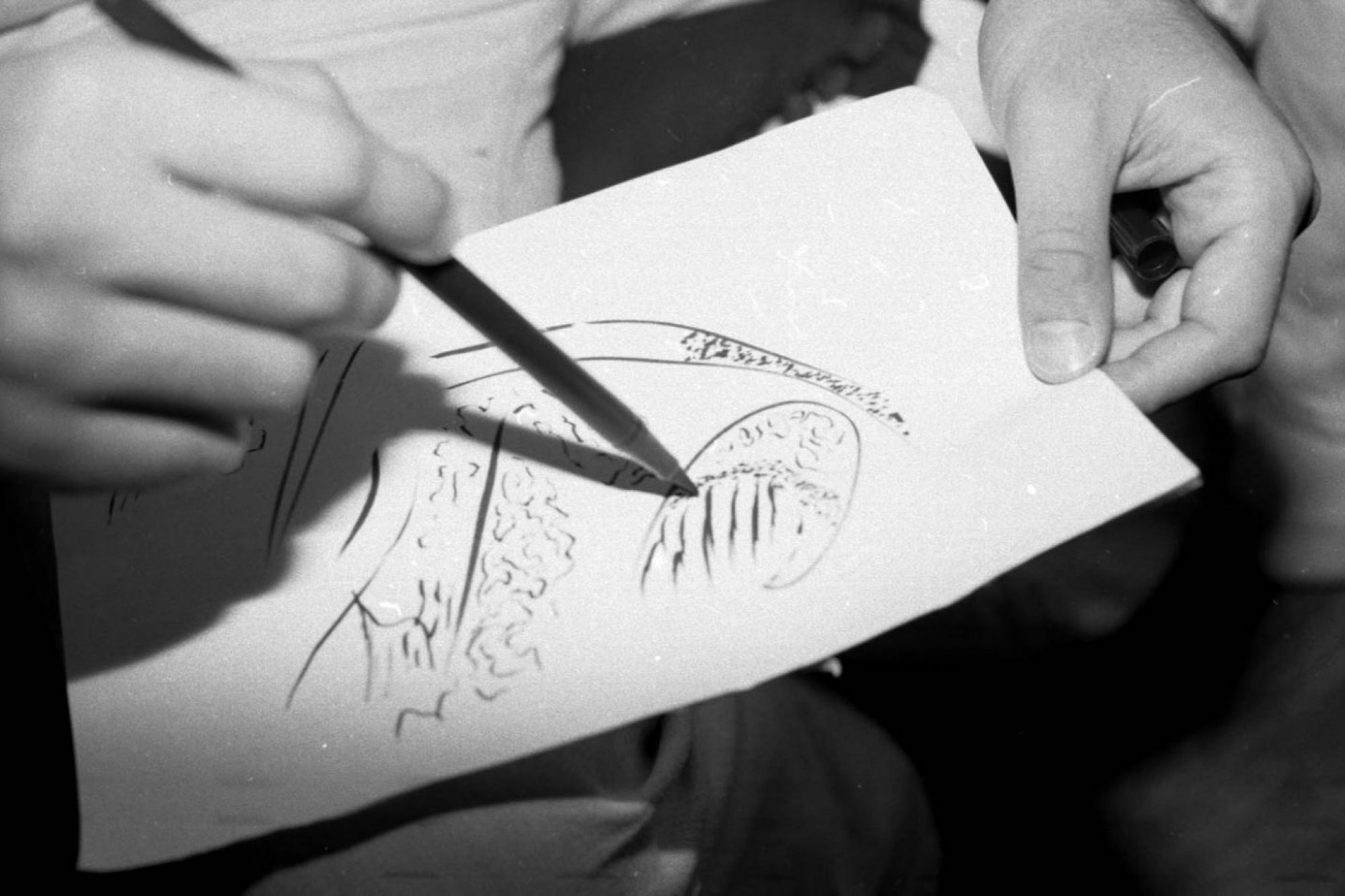Social Justice and Art Education
Elizabeth Garber
Garber’s personal experience and concrete examples of how to use social justice in the classroom really stood out to me. For instance, she described how students focused on identity for their project theme “Understanding Beyond Ourselves.” Even the unit plan’s title is intriguing. I volunteered at Lord Byngs’ art classes and was given the opportunity to develop a lesson plan around identity, but found the work produced fell short of my expectations. The process and results reflected my surface-level lesson plan on identity. After the reading, I see identity from a more complex perspective. Looking at identity from how others might perceive us, through cultural norms, stereotypes, and discrimination, and being aware that identity is an emotionally sensitive subject, can encourage discourse and critical inquiry in the class.
Question: How can teachers work with administration to promote social justice in education without

Where is the Action? Three Lenses to Analyze Social Justice Art Education
Marit Dewhurst
In Dewhurst’s article, she mentions that when students are translating their concepts into material, there is a balancing act between aesthetic aims and activist intentions. Students become aware of the choices they make in material. I drew connections from this reading to discussions on aesthetics that we have been having in our inquiry course. For instance, Dewhurst touched on some student examples that subduing colours makes a symbolic statement (i.e. the American flag) less obvious. Why are we (and I use this term very generally) attracted to art with messages or symbols that are less overt, and how does this shut out people who find it more difficult to access the hidden meaning? Or is it simply opening up space for more inquiry and discussion?
Question: If process is integral to realizing a social-justice artwork, how and does this process need to be documented?
